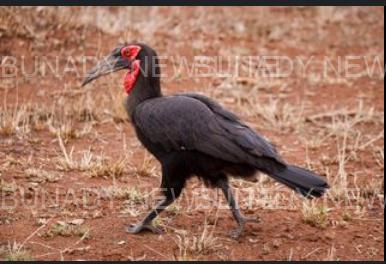5 Types Of Animals That Symbolise Death And Why
Animals symbolizing death often vary in cultural context and can evoke a range of emotions from fear to reverence. Here are five types of animals commonly associated with death and reasons behind their symbolism:.
1. **Raven/Crow**: These birds are ubiquitous in mythologies worldwide. Their black plumage and association with scavenging carrion link them to death and the afterlife. In Norse mythology, ravens were companions of Odin, guiding souls to the underworld. In Native American cultures, crows are seen as messengers between the living and the deceased.
2. **Owl**: Known for its nocturnal habits and eerie calls, the owl is often considered a harbinger of death in many cultures. In ancient Greece, owls were associated with the goddess of wisdom, Athena, who could foresee events, including death. In some Native American traditions, owls are seen as symbols of impending death or the presence of spirits.
3. **Bat**: Associated with darkness and the supernatural, bats have been linked to death due to their nocturnal nature and appearance. In Chinese folklore, bats symbolize longevity and happiness, but in Western cultures, they are often connected with vampires and the supernatural realm.
4. **Snake**: Across various mythologies, snakes are potent symbols of transformation and renewal, often through shedding their skins. This cycle of renewal can be metaphorically linked to the life-death-rebirth cycle. In Christianity, snakes are associated with temptation and mortality, reflecting their dual symbolism of death and rebirth.
5. **Scorpion**: Found in deserts and other harsh environments, scorpions are potent symbols of danger and mortality. In ancient Egypt, scorpions were associated with the goddess Serket, who protected against venom but could also deliver it, highlighting their dual nature of protection and danger.
These symbolic associations often arise from the animals’ behaviors, appearances, and roles in various mythologies and cultural beliefs. They serve as powerful metaphors for the human experience of mortality, reminding us of the interconnectedness of life and death and the enduring mysteries of existence.

